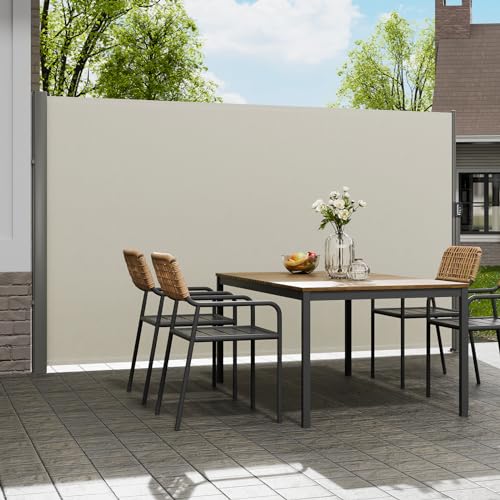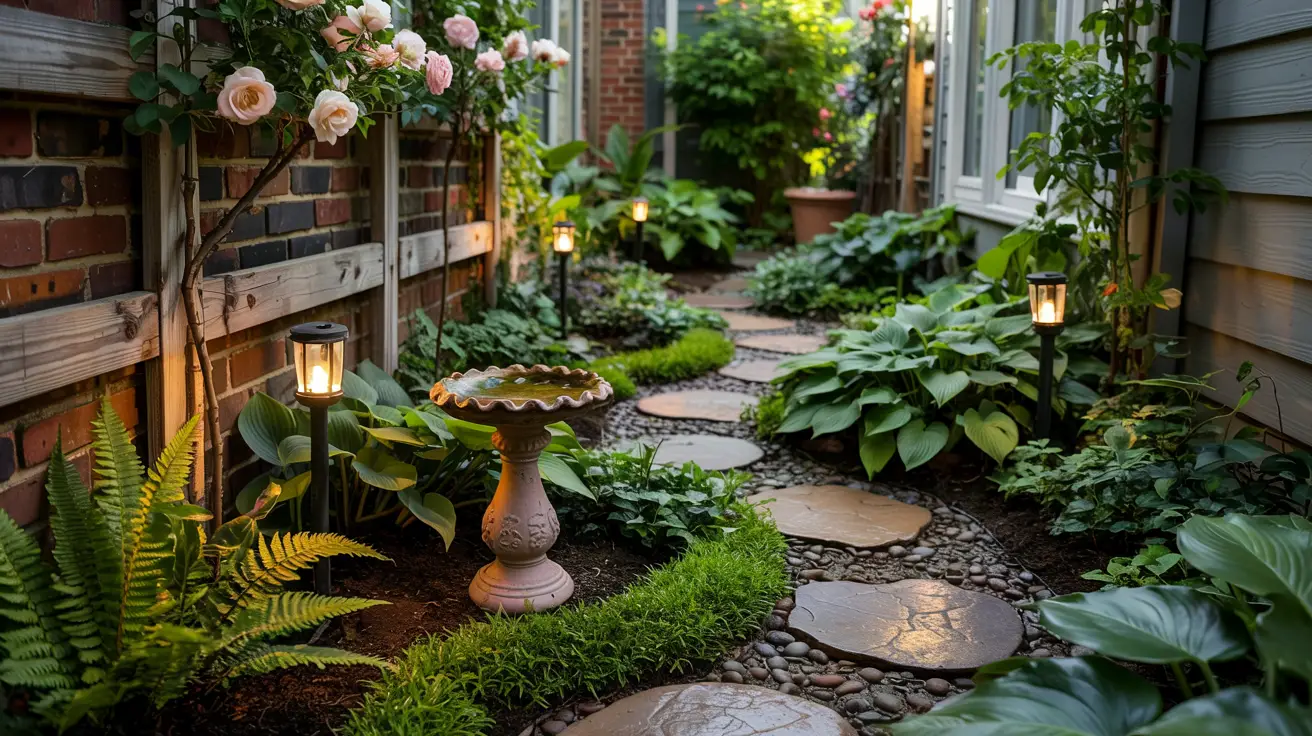
You know what part of the garden gets ignored the most? The side yard. Honestly, ours was where garden tools went to die. There was a sad broken trellis, a mossy slab of old paving, and I’m pretty sure a rogue sock from last summer’s laundry drama.
But it’s also the part of your yard that holds so much potential.
If you’ve ever walked past a narrow side stretch and thought “I should probably do something with that,” this post is for you. We’re talkin’ real family-friendly, budget-conscious ideas that make the most of that overlooked bit of space between the house and the fence.
Click image to view on Amazon
Whether it’s a spot for your toddler to plant beans, or a little zen moment for yourself (five minutes with a cuppa counts, yeah?), these side yard ideas are practical, pretty, and totally doable even if you’ve got more laundry baskets than power tools. Let’s make that awkward gap actually work for your family—without spending a fortune.
1. Create a Simple Gravel Path That Actually Feels Intentional
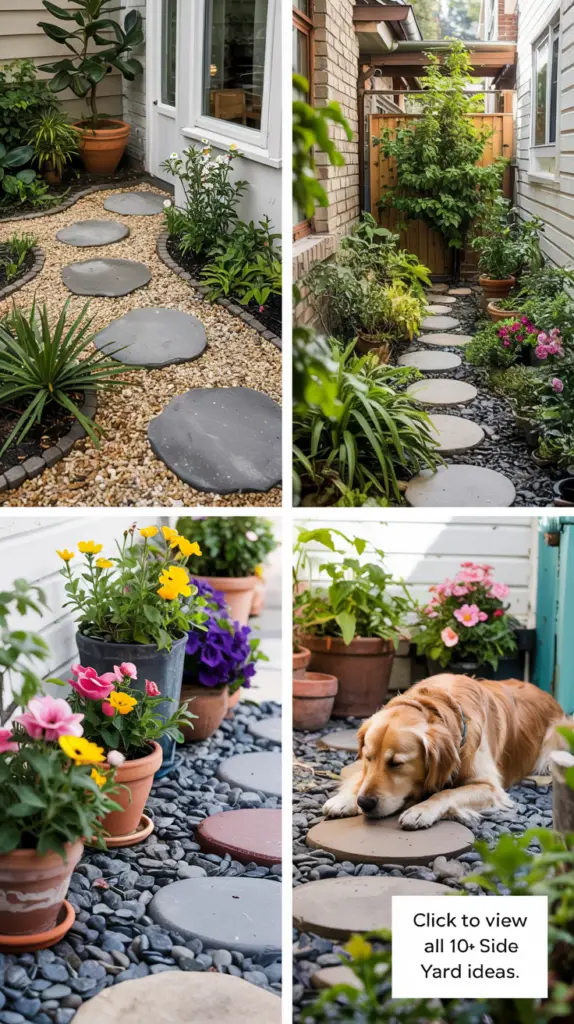
We had a muddy trail for years—just where everyone stomped through to hang the washing. I finally laid down some pea gravel, and boom it suddenly looked like a planned walkway instead of a footpath through the wilderness.
Click image to view on Amazon
Gravel’s great because it’s affordable, drains well, and gives you that satisfying crunch underfoot. Pair it with a few stepping stones or reclaimed bricks, and you’ve got a charming, functional path that keeps feet clean and plants intact. You can even edge it with a line of solar lights or little border plants like lavender or boxwood for extra polish.
It’s low-maintenance, budget-friendly, and actually helps keep the rest of your garden tidy too. Win-win.
2. Add Tall Planters or Trellises for Instant Vertical Greenery
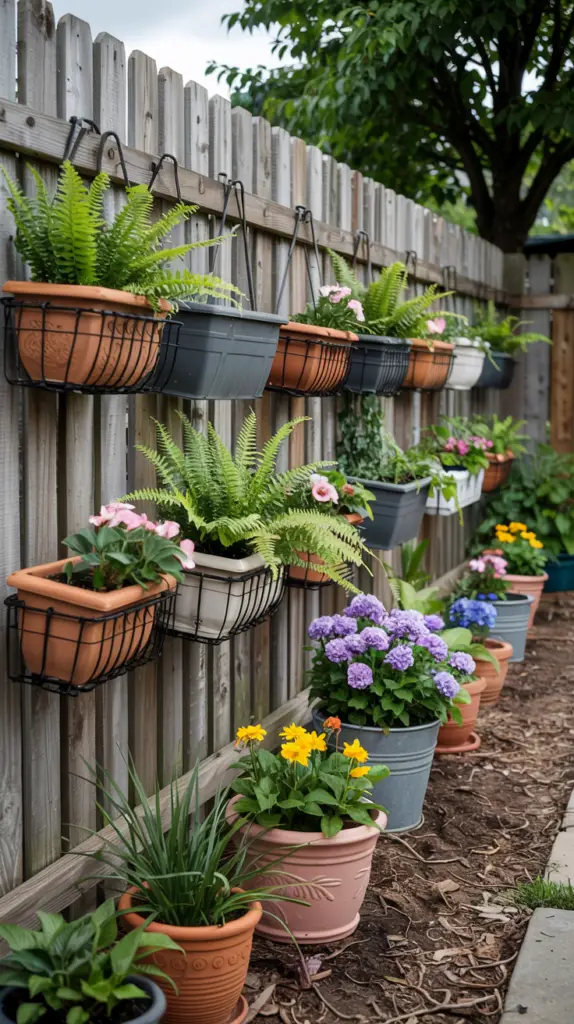
Side yards are usually long and skinny, which makes vertical gardening a total lifesaver. A couple of DIY wooden trellises or even secondhand metal frames can help climbing plants like jasmine or clematis bring life to a plain wall or fence.
If your side yard gets decent light, go for flowering vines. If it’s shaded (like ours), try ivy, ferns, or hostas in tall pots. You don’t need a designer budget—check local sales or use upcycled crates, tin buckets, or anything that can hold soil.
The trick is height. It draws the eye up, makes the space feel bigger, and gives you something lovely to look at instead of a boring fence.
3. Tuck in a Kid-Friendly Planting Corner or Sensory Zone
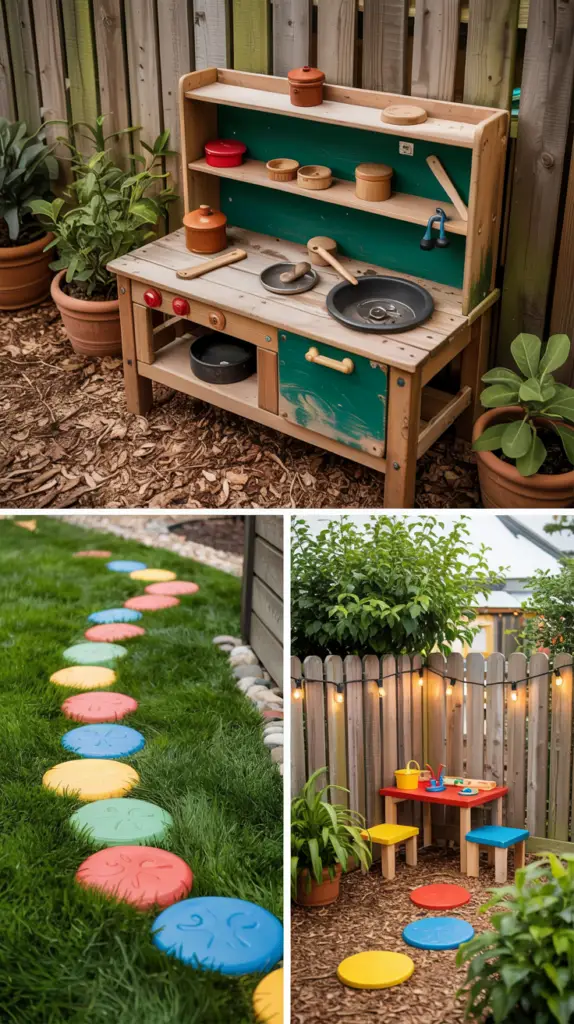
This one’s especially for families with little ones who want to “help” in the garden but usually just dig up the petunias. Set aside a tiny area of the side yard where they’re allowed to poke around. Think raised planters or a simple trough filled with herbs and edible flowers like nasturtiums and strawberries.
Add things to touch and smell—like lamb’s ear, mint, or basil—and it becomes a sensory adventure. You can even lay down mulch or pea gravel so they’ve got a soft spot to sit while they work (aka make a mess).
It’s a lovely way to keep them entertained, connected to nature, and off your main veggie patch.
4. Make Use of the Fence for Hanging Storage or Decor
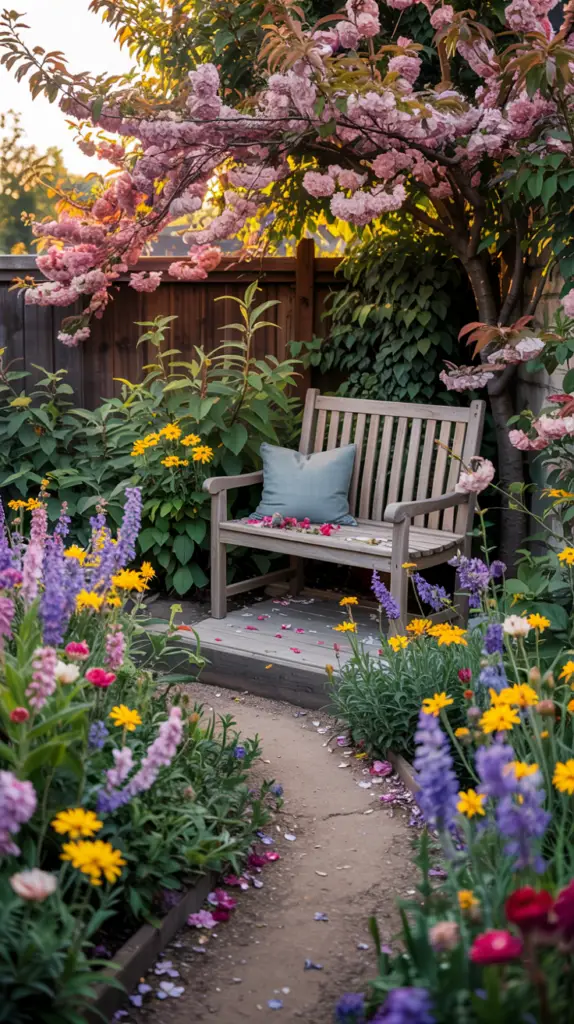
Side fences don’t have to be boring. Add hooks, shelves, or a row of hanging baskets to turn it into a feature wall. I’ve seen people use painted pallets screwed to the fence to hold everything from herb pots to garden gloves.
If you’re short on storage (aren’t we all?), hang a few waterproof baskets for tools and chalk or bubbles for the kids. You could even add a string of solar fairy lights or a little sign that says “Secret Garden” just to add a touch of whimsy.
It’s functional and pretty—my favourite combo.
5. Use Pavers to Define a Utility Zone That’s Not an Eyesore
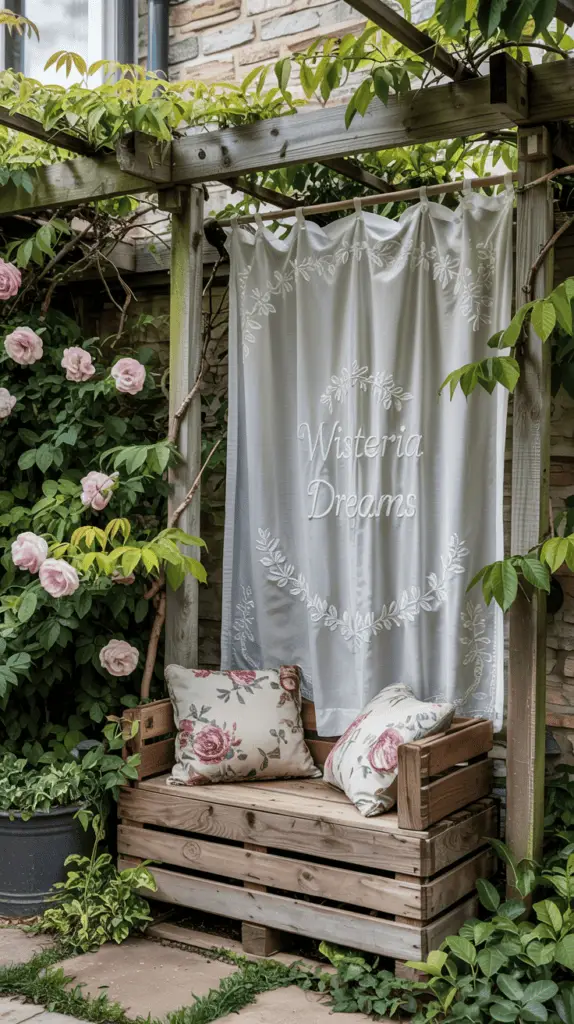
There’s always something practical that needs to go in the side yard—bins, hose reels, maybe a compost bin or washing line. Instead of pretending it’s not there (guilty), define a neat little utility corner using concrete pavers or reclaimed tiles.
I laid a few in a herringbone pattern, added a wooden panel to hide the bins, and chucked in a few drought-resistant plants around the edge. It suddenly looked designed, not dumped. And because it’s functional, you’ll actually want to use it instead of ignoring it while your hose does that weird knot thing for the tenth time.
6. Turn a Shady Side Patch Into a Fern-Filled Zen Spot
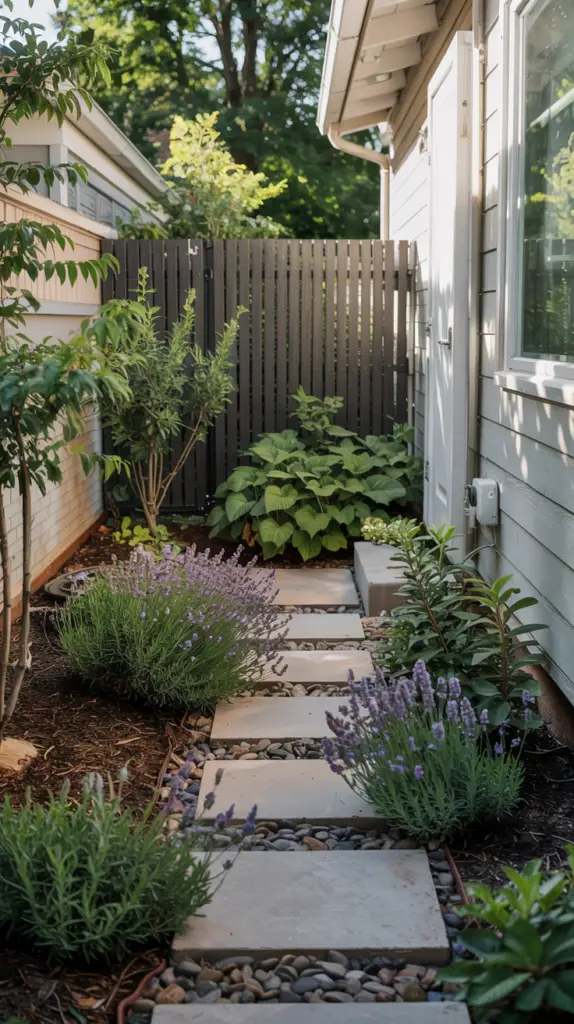
If your side yard barely sees the sun, don’t fight it—lean into the shade. A cool, quiet fern garden feels like a secret space tucked away from the world. I once cleared a mossy corner behind our house, popped in a few stepping stones, a thrifted bench, and planted ferns and hostas, and now it’s my “five-minute peace and quiet” zone.
You don’t need fancy lighting or soundscapes. Just a bit of shade, a comfy spot to sit, and a few low-maintenance plants that love the cool. And if it rains? Even better. It looks dreamy with a wet stone path and lush greenery.
7. Use Reclaimed Materials to Build a DIY Border or Raised Bed
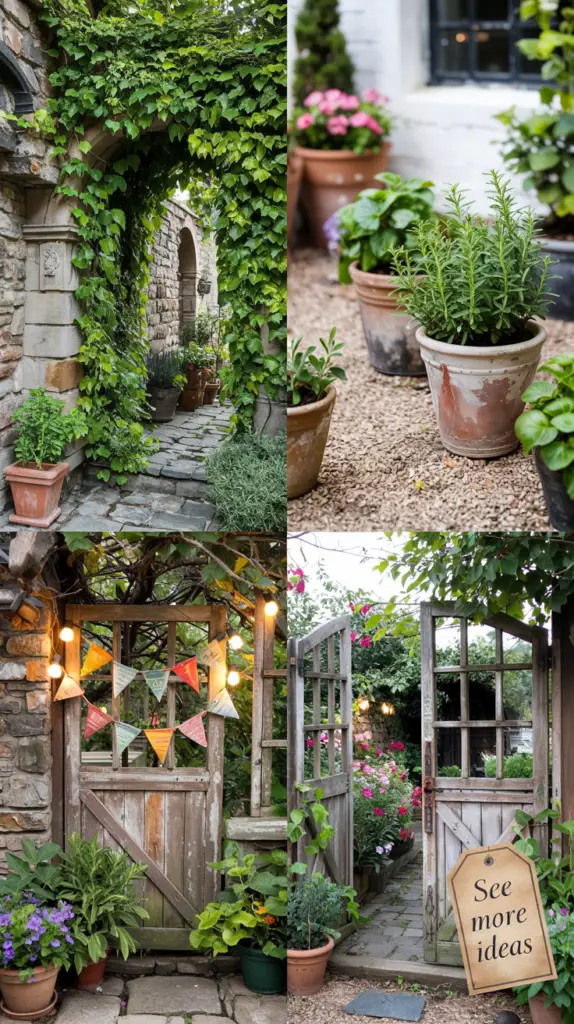
If you’ve got leftover bricks, bits of timber, or even concrete blocks hanging around, turn them into a garden bed. Side yards are the perfect place for a raised herb garden or some cheerful flowers. We once built one out of old scaffold boards from a neighbour’s reno—cost us nothing but a Saturday afternoon.
Paint the wood if it looks rough, line it if needed, and boom: you’ve got a tidy space to grow something useful. Even a little row of rosemary, chives, and thyme can make the side yard smell amazing when you brush past on your way to the bins.
8. Paint or Stain the Side Fence or Wall to Freshen It Up
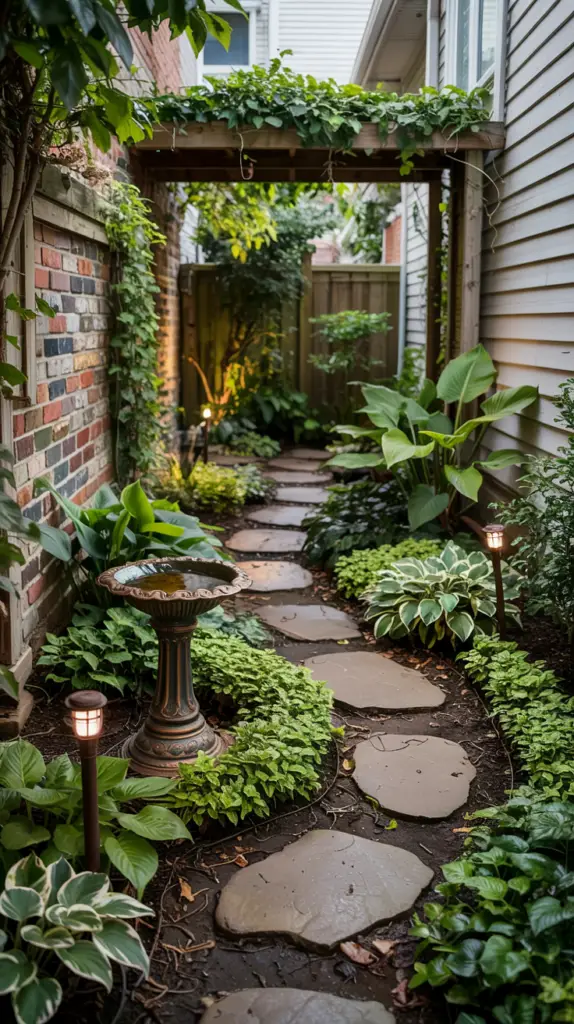
It sounds simple because it is. But honestly, paint does wonders. If your side yard fence is a faded grey or a patchy mess like ours was, grab a tin of stain or outdoor paint in a soft colour—sage green, coastal blue, even warm charcoal if you want that modern look. It makes everything around it pop.
Plus, it sets the tone for the whole space. A fresh coat behind your plants and planters feels finished, even if the rest is still a work in progress. It’s like putting on lipstick when your hair’s still wet—magically makes you feel more put together.
9. Add a Narrow Bench or Fold-Down Table for Functionality
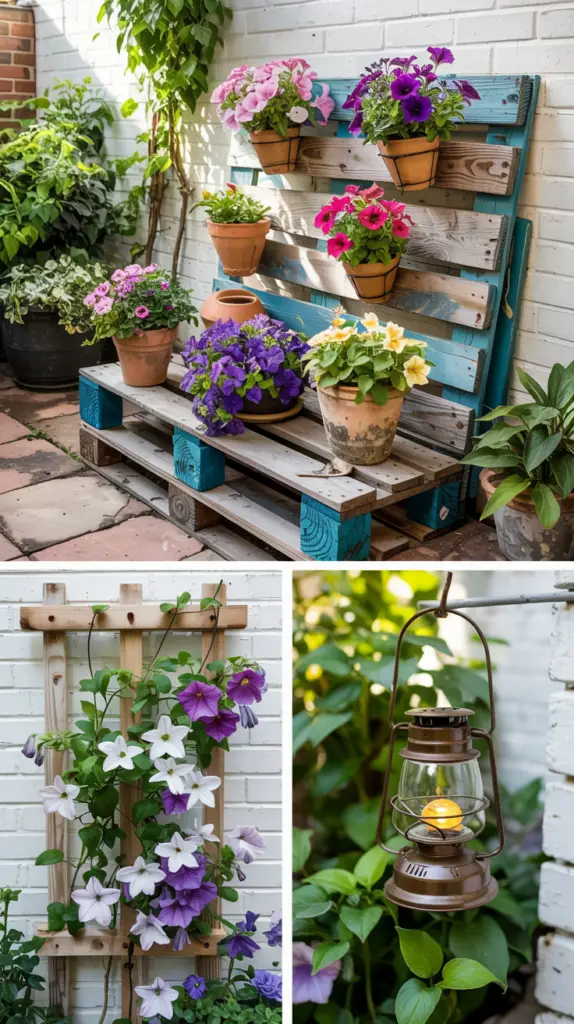
Just because the side yard is skinny doesn’t mean it can’t be useful. One of my favourite swaps was adding a narrow bench against the wall—perfect for putting down groceries, pruning plants, or dumping my bag while I fiddle with the gate keys. If you’re short on space, install a fold-down table with hinges and a latch.
It folds flat when not in use, but gives you somewhere to pot up plants, do crafts with the kids, or even have a mini tea break. Bonus points if you hang a few pretty tools above it for instant garden-shed-chic.
10. Make It Feel Like a Real Part of the Garden, Not Just a Shortcut
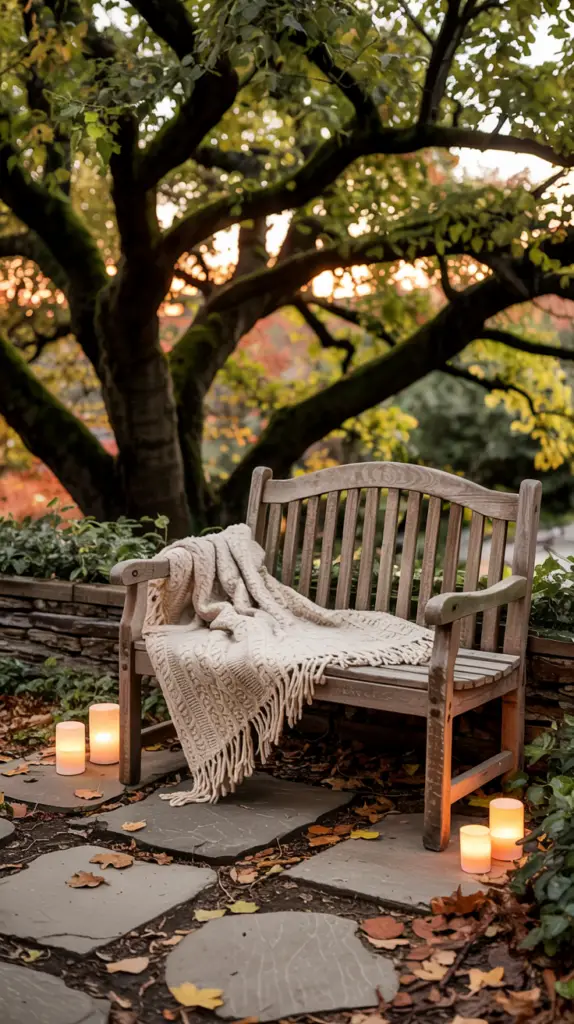
Sometimes all it takes is intention. Instead of treating the side yard like a hallway between front and back, treat it like a destination. Add a few chairs, a quirky sculpture, or even a potted citrus tree. Lay a rug if it’s covered. Hang art if there’s a sheltered spot.
Just one or two touches that say “this counts” will completely change how you feel walking through it. Ours has a tin lantern and an old camp chair covered in a throw. The kids play there more than I expected—and I swear the dog thinks it’s his personal runway.
Final Thoughts
Your side yard doesn’t have to be fancy. It doesn’t need to be a Pinterest showstopper or cost a fortune. It just needs a bit of attention, a touch of love, and maybe a couple of Sundays with a spade and a flask of tea. Whether you’ve got toddlers racing scooters through it or just a dream of having somewhere calm to plant your feet for five minutes, these ideas are here to help you see that long skinny patch of yard as the chance it really is. Go on—make it lovely, in your own slightly-messy, family-first way.

